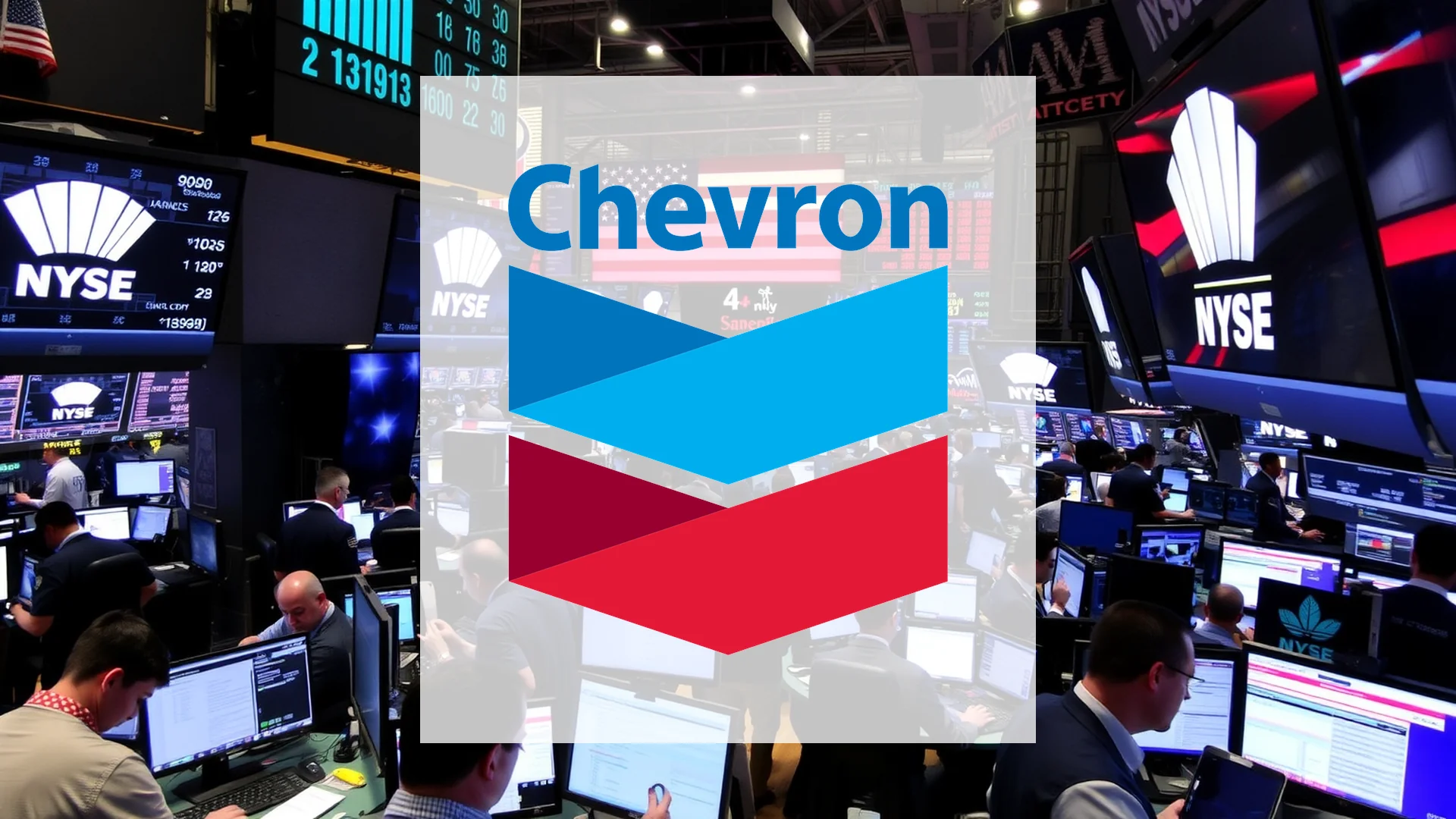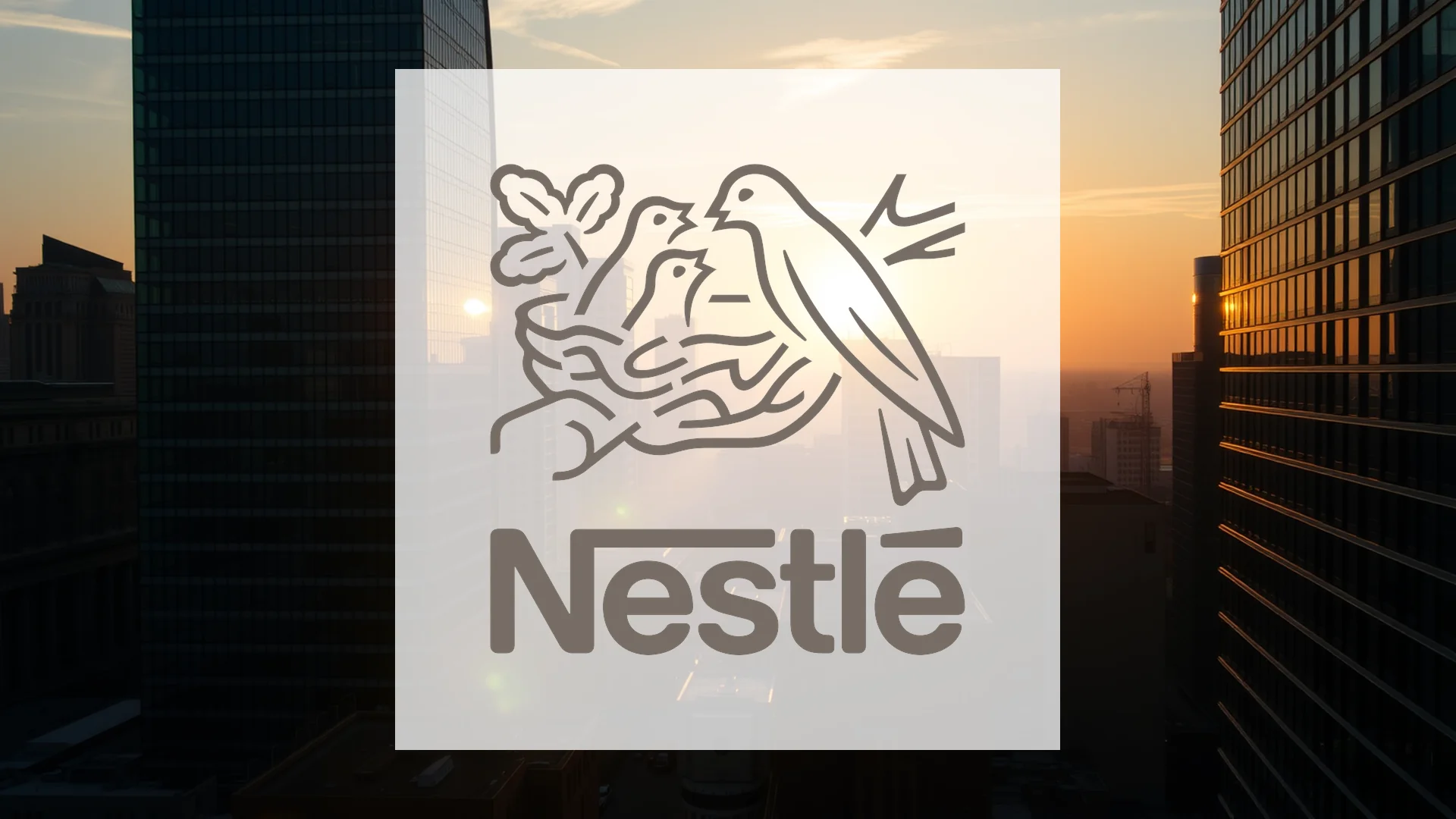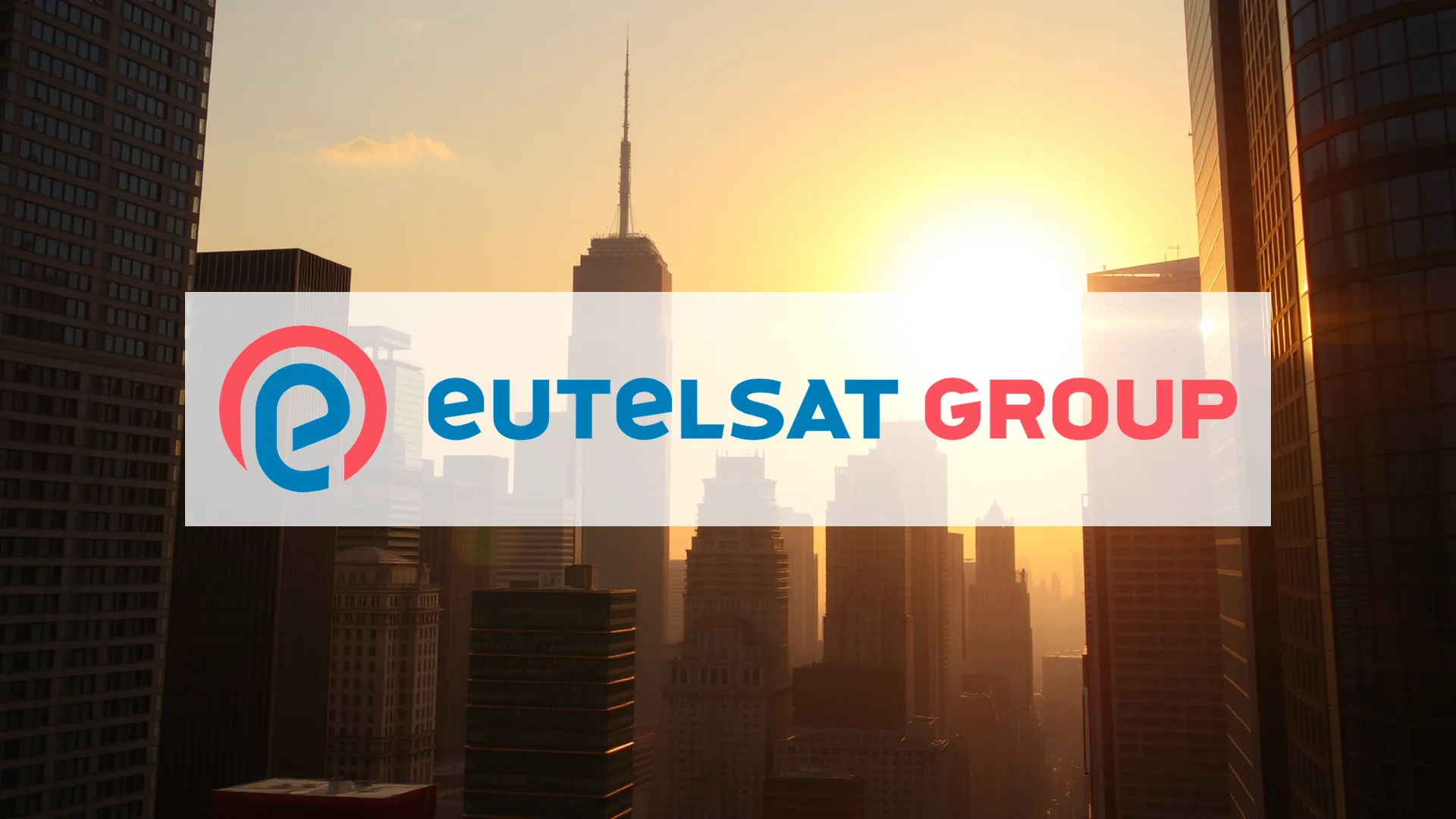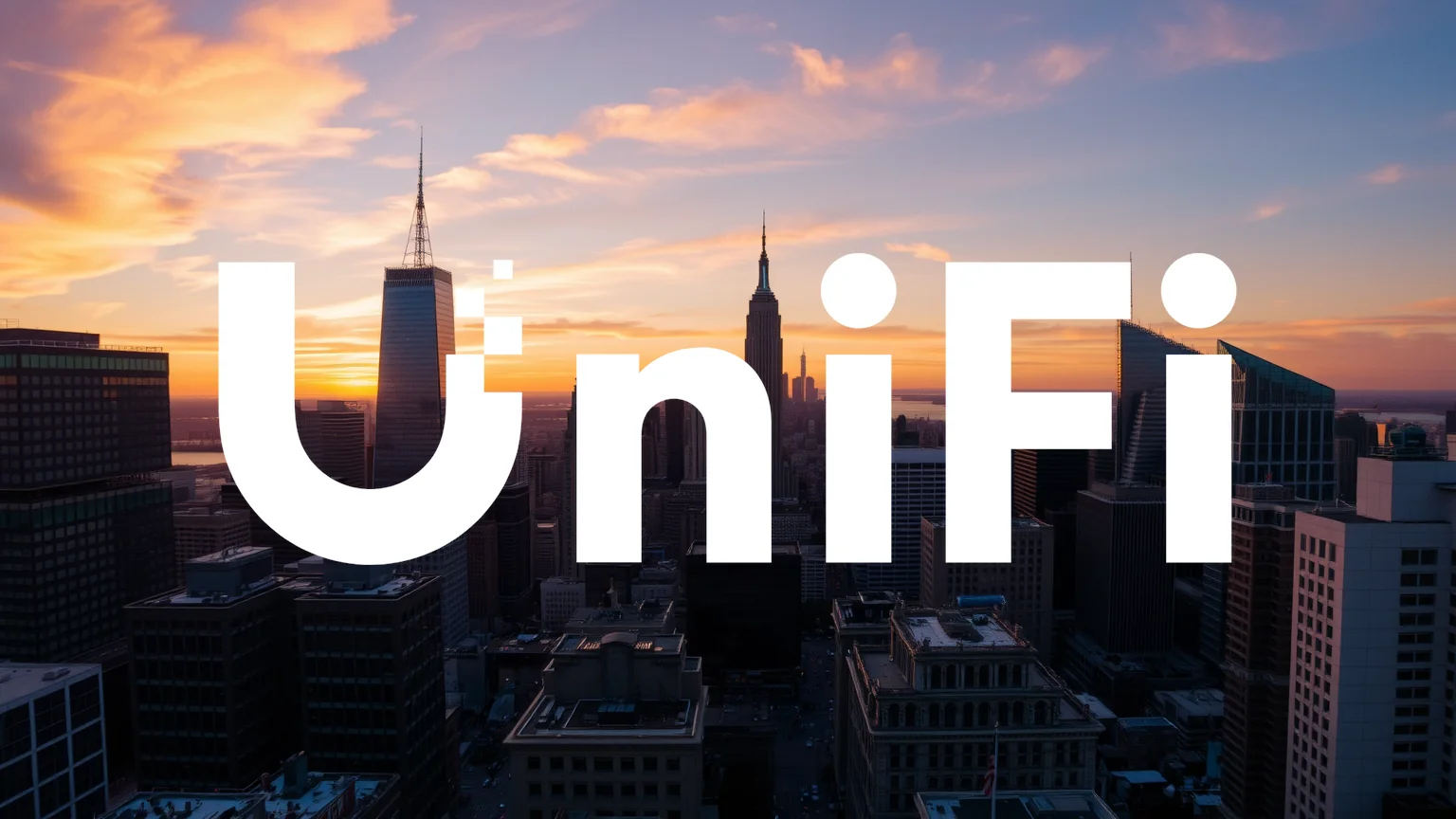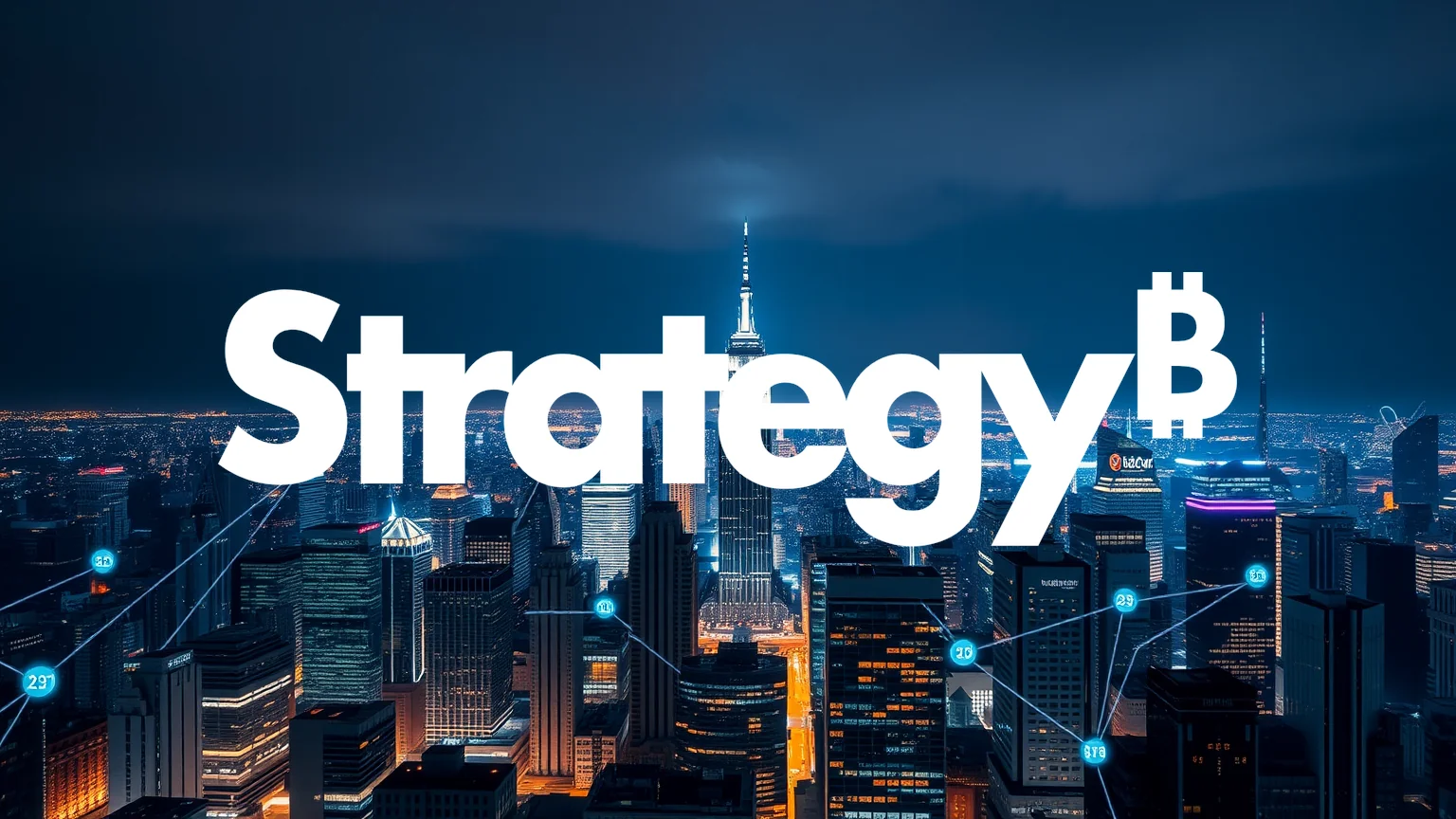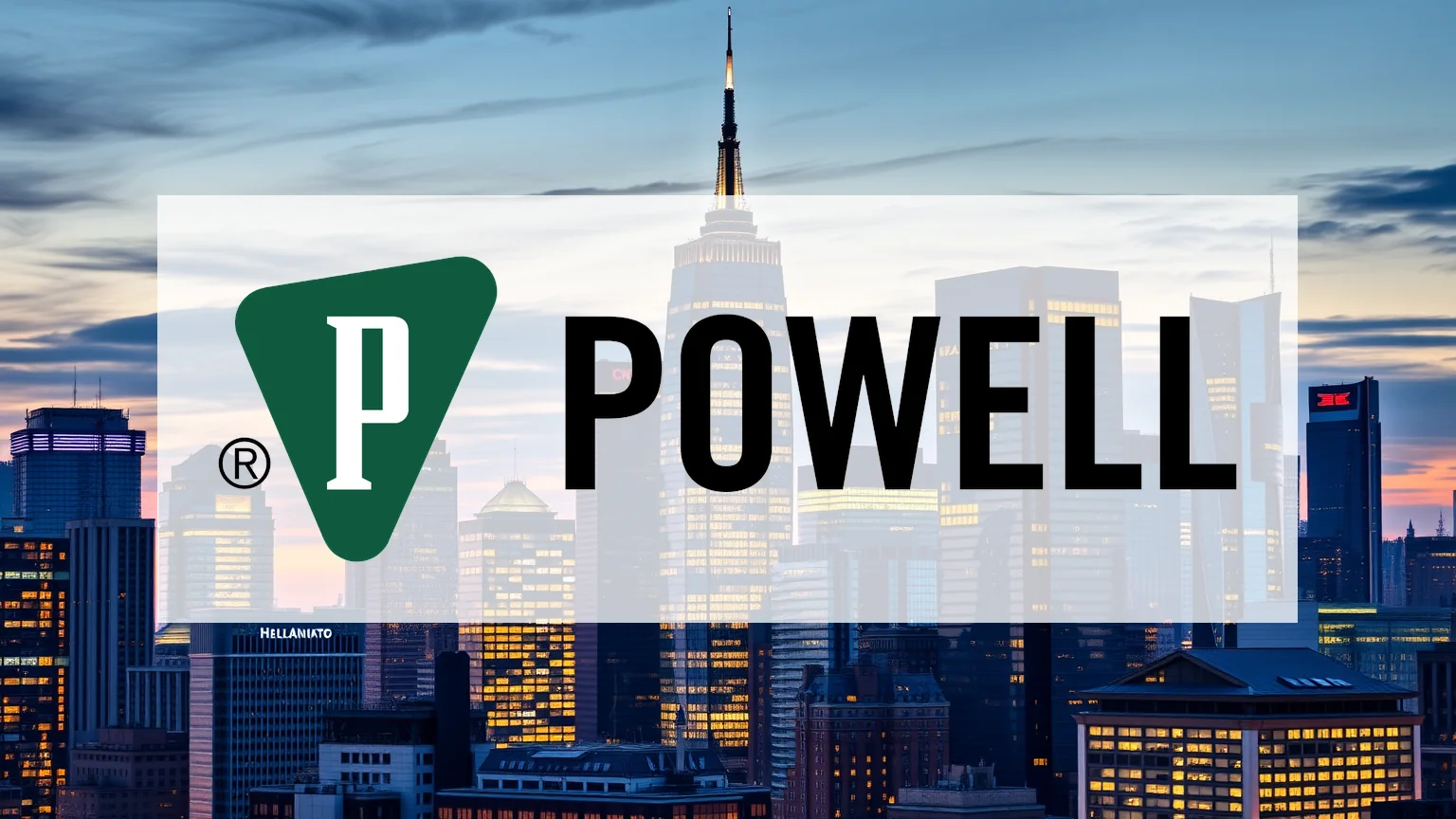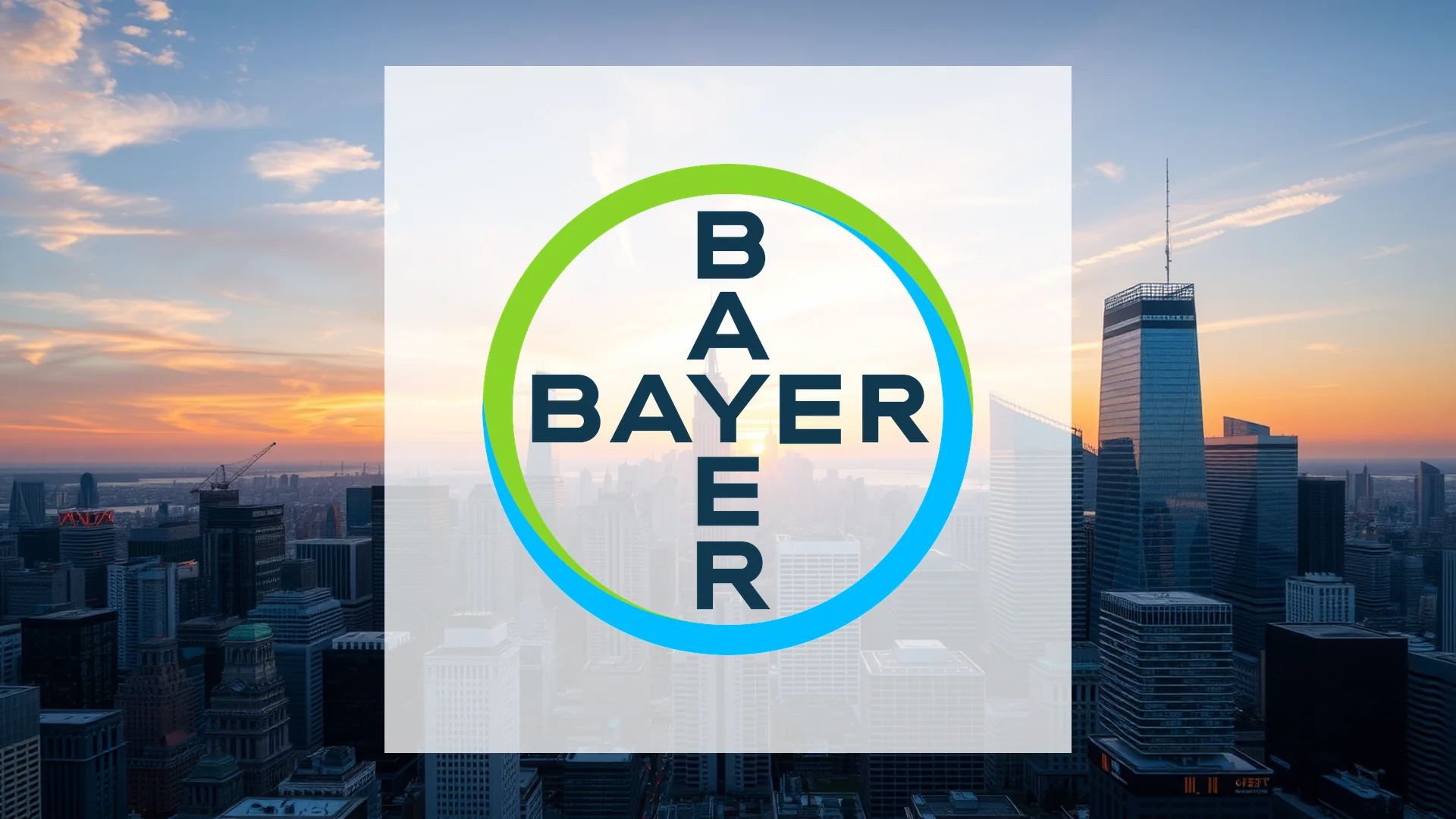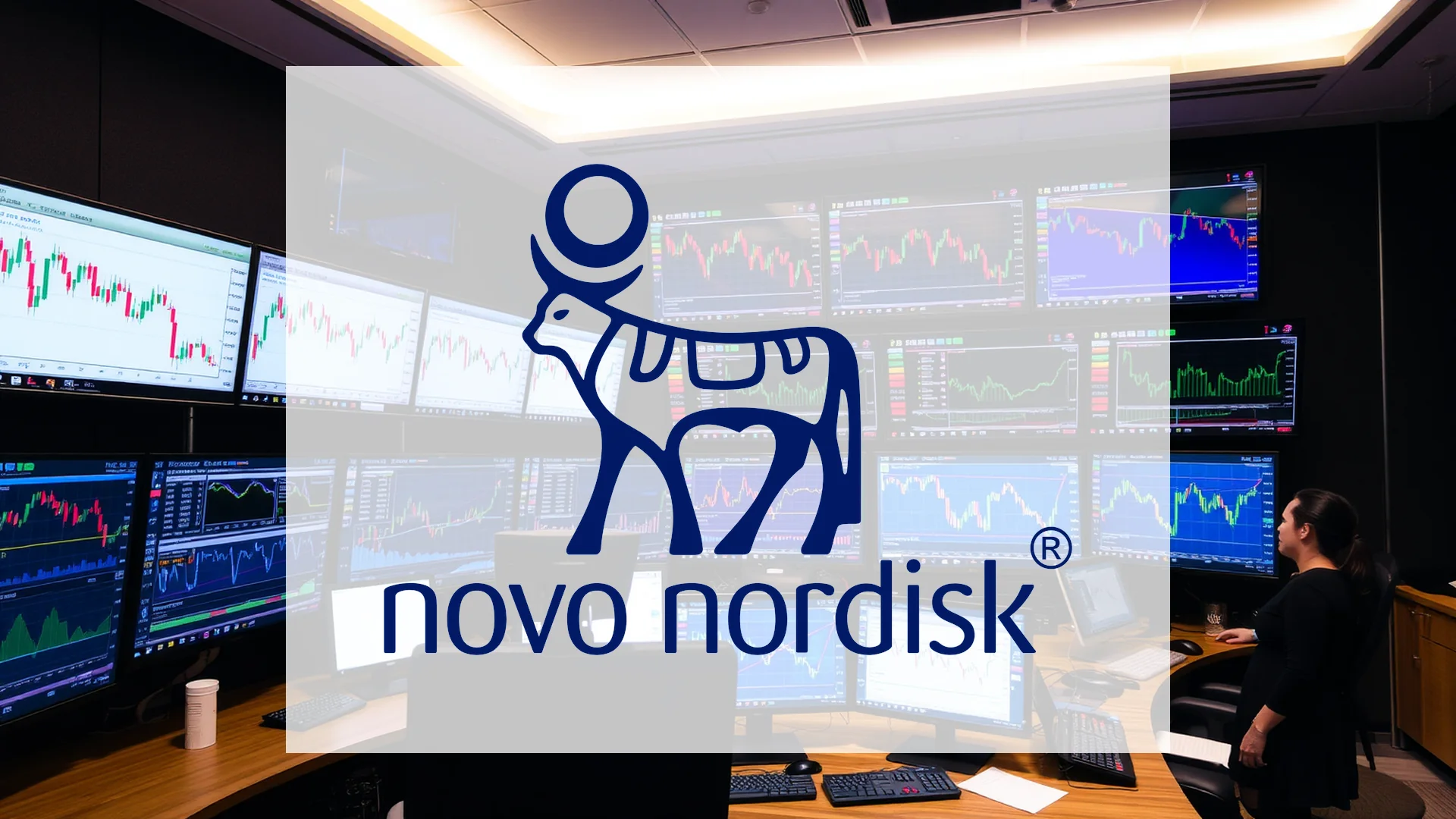The energy giant Chevron finds itself navigating a complex strategic landscape, caught between ambitious long-term growth initiatives and pressing short-term financial pressures. While multi-billion dollar gas projects and major acquisitions aim to secure future expansion, the company simultaneously contends with declining profits and substantial workforce reductions that have dampened investor sentiment. The central question remains whether Chevron can successfully reverse its current downward trajectory.
Workforce Reductions and Profit Pressures
Operational challenges have intensified for Chevron as crude oil prices retreated to approximately $60 per barrel in 2025, falling below key profitability thresholds. In response, the corporation has initiated aggressive cost-cutting measures, including plans to reduce its global workforce by 20 percent by 2026. Recent quarterly results highlight the company’s predicament: although earnings per share of $1.77 surpassed market expectations, this figure represents a notable decline from the $2.55 per share reported during the same quarter last year.
Mediterranean Gas Expansion
In a significant strategic move to strengthen its position in the Eastern Mediterranean, Chevron has secured a $610 million pipeline agreement to transport Israeli gas to Egypt. The Nitzana project is designed to move 600 million cubic feet of gas daily from the Leviathan field, substantially expanding Chevron’s export capabilities while potentially reshaping regional energy dynamics.
Should investors sell immediately? Or is it worth buying Chevron?
Hess Acquisition Impact
The integration of Hess Corporation continues to create financial headwinds, with Chevron anticipating a GAAP profit reduction between $200 million and $400 million for the third quarter of 2025. Transaction expenses and severance payments represent the primary drivers of this decline. Despite these immediate costs, adjusted earnings are expected to benefit modestly from Hess’s partial-quarter contribution. The $55 billion acquisition provides Chevron access to significant oil reserves and is positioned to counter production plateaus in the Permian Basin.
Analyst Outlook and Shareholder Returns
Market experts maintain a generally optimistic stance despite Chevron’s current challenges. The consensus rating stands at “Buy” with price targets reaching $197, suggesting potential upside of approximately 10 percent. The company’s substantial dividend yield of 4.43 percent remains particularly attractive to income-focused investors, especially considering Chevron’s 38-year history of consecutive dividend increases.
The critical uncertainty facing Chevron investors is whether the company’s strategic long-term investments in gas infrastructure and the Hess acquisition will ultimately generate sufficient returns to outweigh present operational difficulties.
Ad
Chevron Stock: Buy or Sell?! New Chevron Analysis from October 3 delivers the answer:
The latest Chevron figures speak for themselves: Urgent action needed for Chevron investors. Is it worth buying or should you sell? Find out what to do now in the current free analysis from October 3.
Chevron: Buy or sell? Read more here...

